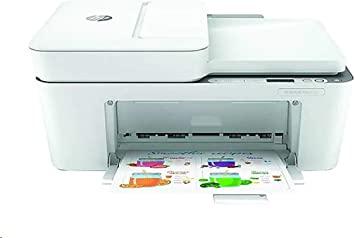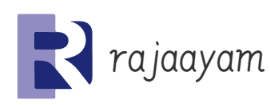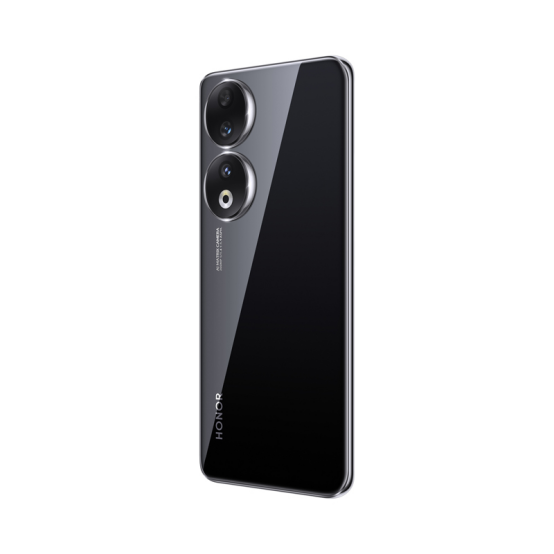How to hide information with normal office printers
The printer you have in an office may turn out to be less innocent than you thought. Some experts have already shown that they can even become a steganographic tool, the name by which the art of hiding information from third parties is known in computer security.
A few years ago, the Electronic Frontier Foundation, an organization that defends civil liberties on the Internet, denounced that some laser printers included a code when they printed a document that could be seen with a certain light and a microscope. The US secret services had reached an agreement with the manufacturers to identify counterfeiters with that hidden code, as they later had to admit.
Researchers at the University of Utah have now shown that a conventional inkjet printer, like the one sitting on your desk, can be used to print hidden images invisible to the naked eye.
Hidden messages with silver and carbon
Experts have used a silver and carbon ink to print an image made up of small bars one millimeter long and a few hundred microns wide. Varying the proportion of silver and carbon, also changes the conductivity of each bar. However, the human eye is not capable of perceiving this change. Harmless terahertz radiation, which lies on the electromagnetic spectrum between infrared and microwaves and is capable of passing through opaque objects, can reveal the information encoded in conductivity.

Specifically, in the study published in the American Optics magazine, these researchers demonstrated their new method by hiding QR codes in an image. To the naked eye, they looked just like an array of identical lines, but thanks to terahertz radiation, the QR code was revealed. With this method, they have even gone so far as to camouflage color QR codes.
“Our easy-to-use method can print complex bar patterns by varying the conductivity,” explained Ajay Nahata, one of the study authors. "An added advantage of our technique is that it can be performed very cheaply," the researcher assured.
Printers at the service of espionage?
Although researchers at the University of Utah have performed this test using relatively simple and small QR codes, they believe the technique could be used to hide information in more detailed and complex images.
In World War I, the Germans had already used lemon juice in their letters as invisible ink to escape censorship. Now, researchers at the University of Utah have shown that there are much more sophisticated ways to hide information, although you don't have to dig deep into your pocket to use them either.
They also plan to develop inks that must be heated or exposed to light at a certain wavelength to reveal the information. Will invisible inks for printers become a new way to hide confidential information? We will probably never know.









2762